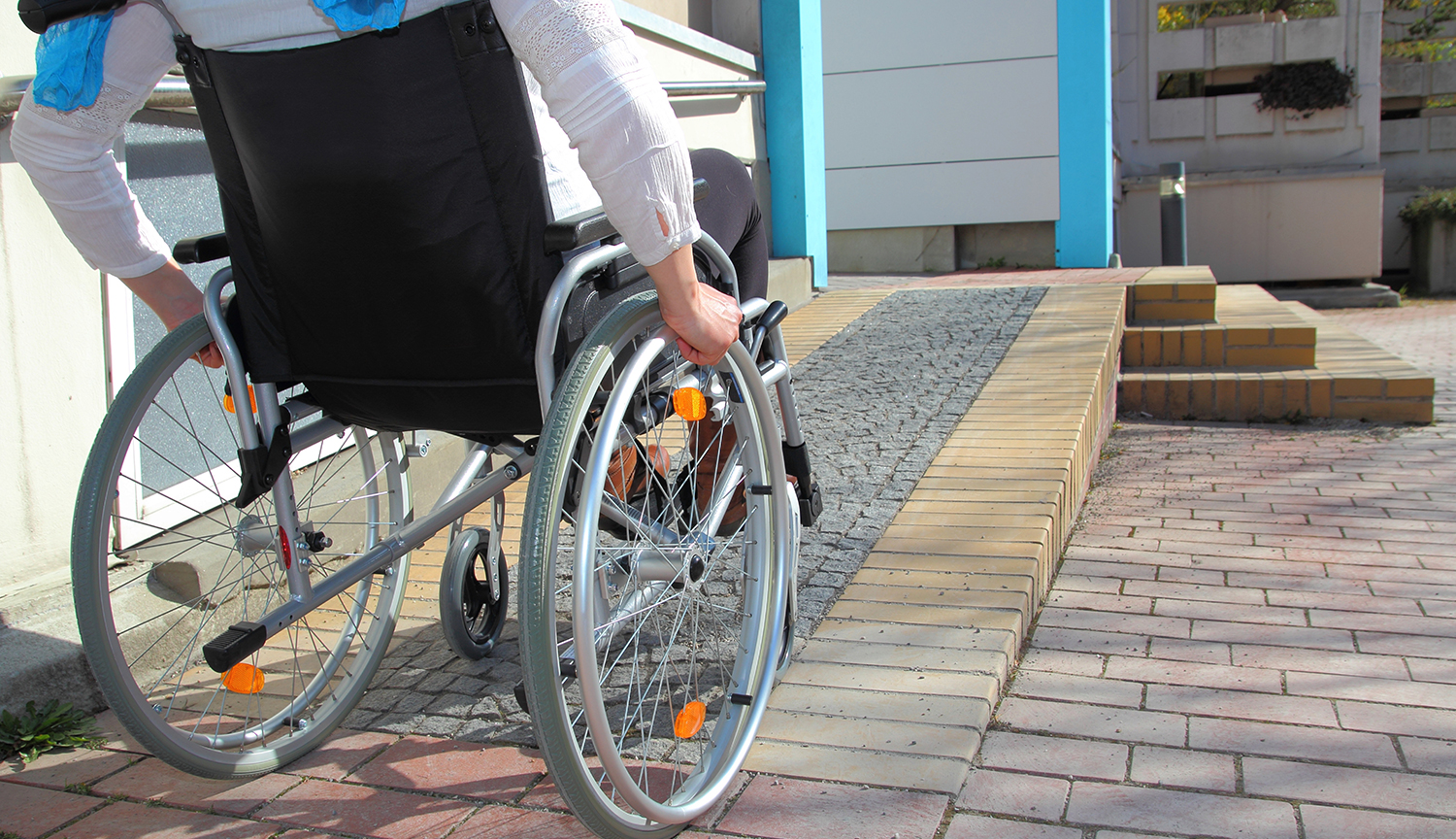The setting is physically accessible to the individual(s).
What this Looks like in Practice:
- In general, the setting is fully accessible and compliant with the Americans with Disabilities Act (ADA).
- People have unobstructed access to and are able to use common areas in the home, such as the kitchen, dining area, laundry area and shared living space, to the extent they desire. People can move about the setting and are not confined by gates or other barriers that prevent access to common areas.
- If people use wheelchairs for mobility, all the doorways to common areas in the setting are wide enough to allow the person to move back and forth freely and comfortably.
- Outdoor leisure or recreational areas, like patios and porches, are fully accessible to people with mobility needs.
- As needed, there are grab bars, ramps, adapted furniture, etc., to ensure access to desired areas and household items.
- The setting is designed to promote maximum independence and autonomy. For example, the washer and dryer are front loading for a person in a wheelchair if he/she chooses to do his/her own laundry, and the microwave is in an accessible location in case a person wants to warm up a meal.
- The provider has a conversation with people about accessibility needs upon move-in and ensures the physical environment meets the needs of people who live in the setting.
- Providers and staff regularly check for fall or trip hazards (loose rugs, uneven surfaces, etc.).
- People are notified that they may request a reasonable accommodation, and the provider explains how to make such a request.

Rules & Regulations
HCBS Compliance Checklist
Sample Policies
Sample Tools, Tips, & Protocols
- https://www.maine.gov/dhhs/sites/maine.gov.dhhs/files/inline-files/Maine-HCBS-Provider-Manual-2021_0.docx
- https://mn.gov/dhs/assets/102517-hcbs-best-practices-guide_tcm1053-318393.pdf
- https://bhddh.ri.gov/sites/g/files/xkgbur411/files/documents/HCBS-Final-Rule---Guide-and-FAQ-Part-1-Jan2019.pdf
- https://dss.sd.gov/docs/medicaid/hcbs/01.25.17_PowerPoint.pdf
- https://www.medicaid.gov/Medicaid-CHIP-Program-Information/By-Topics/Long-Term-Services-and-Supports/Home-and-Community-Based-Services/Downloads/Exploratory-questions-re-settings-characteristics.pdf
- https://www.medicaid.gov/medicaid-chip-program-information/by-topics/long-term-services-and-supports/home-and-community-based-services/downloads/exploratory-questions-non-residential.pdf
